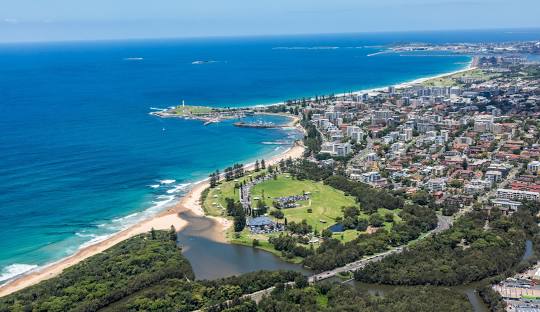
Wollongong: A Rich History from Indigenous Beginnings to Industrial Growth
Posted by on
Wollongong, a city in New South Wales, boasts a rich history that spans from its Indigenous roots to its modern industrial growth. Originally inhabited by the Dharawal people, the region saw its first European explorers, George Bass and Matthew Flinders, land at Lake Illawarra in 1796. Early European settlers in the 19th century included cedar cutters and graziers, with Charles Throsby establishing a stockman’s hut in 1815. By 1834, the area was planned as a town, and on November 26 of that year, it was officially gazetted.
The city’s early infrastructure developments included the construction of a military barracks in 1830 and the building of the main road down the Escarpment through Bulli Pass, which was constructed by convict labor. By 1856, Wollongong had a population of just 864, but its growth accelerated with key developments in the coming decades.
The 1860s saw Wollongong’s first major infrastructure projects, including a horse-drawn tramway from Mount Keira to the harbor in 1861, a telegraph line in 1862, and the introduction of gas supply in 1865. In 1868, the extension of the harbor, later named Belmore Basin, opened, paving the way for the city’s industrial boom. The 1870s brought further industrial development with Patrick Lahiff establishing a coke works at the Wollongong Harbor.
Wollongong’s coastal history also includes the wreck of the British clipper Queen of Nations in 1881. The wreck, which included a cargo of 24,000 bottles of Hennessy Cognac, led to a period of looting before the wreck was protected under government law.
The late 19th and early 20th centuries saw continued growth, with steam locomotives introduced for coal transport, new public buildings like the town hall and court house, and the completion of the Illawarra Railway in 1887. The coal mining industry also became a crucial part of Wollongong’s identity, though it was marked by tragedy with Australia’s worst coal mining disaster at Mount Kembla in 1902, which claimed the lives of 94 miners.
Throughout the 20th century, Wollongong continued to evolve, with significant advancements in education, infrastructure, and industry. Today, the city remains a vibrant hub for industry, education, and tourism, with a rich history that reflects its transformation from a small settlement to one of the most important cities in New South Wales.